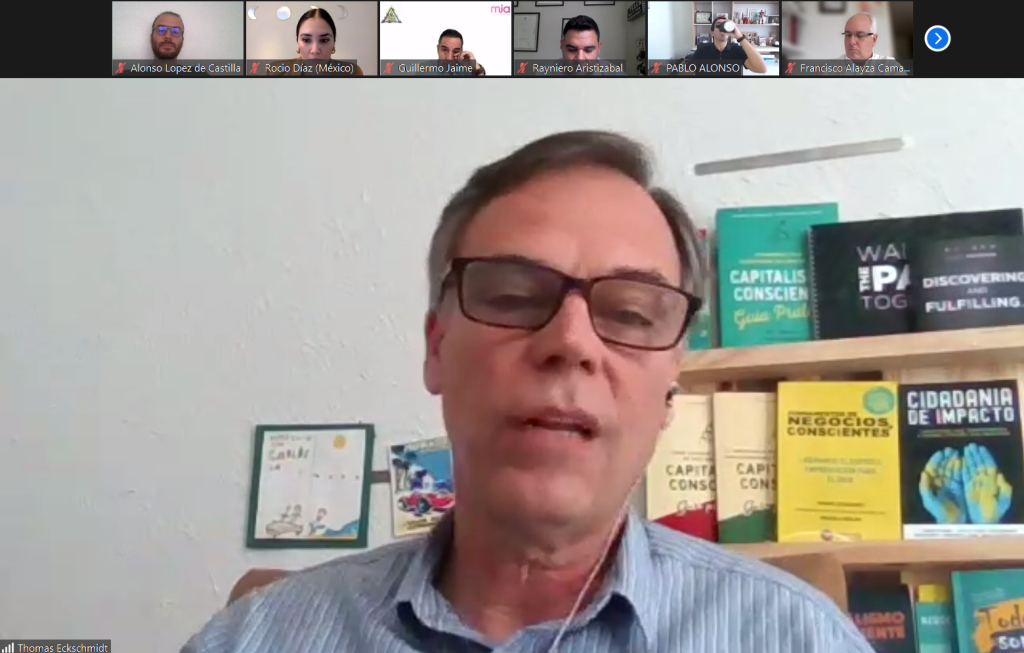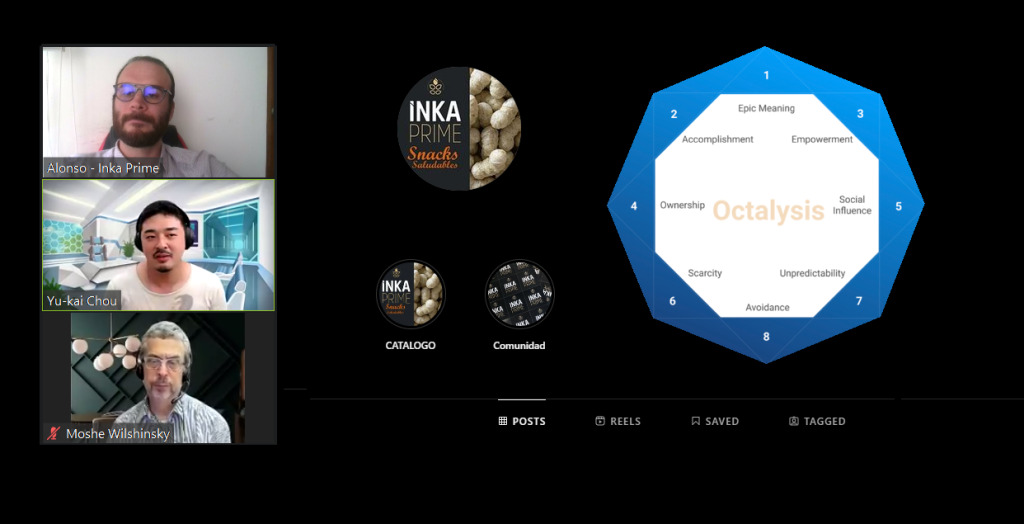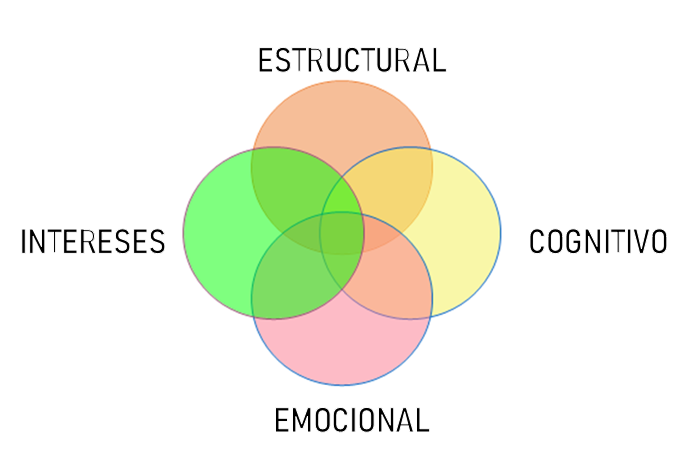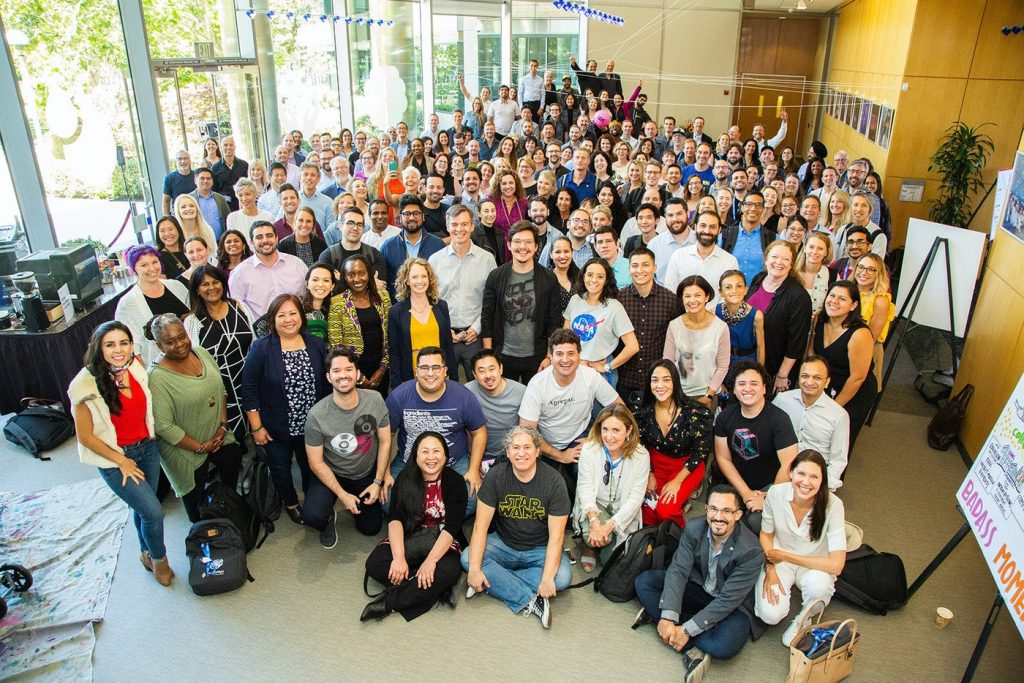We use this tool to get out of our personal prejudice or mindset and try to see beyond a certain issue. Helping us to solve or transform conflicts, or to make the most of opportunities. From country or company conflicts to personal relations, it works for everything.
The four components or dimensions of this tool are complementary but at the same time independent. They are used to analyze the issue and to propose action measures.
The first thing that we must ask ourselves is: Who are the actors that interact in the issue? Second, we must analyze the issue by four dimensions of the tool: Structural, Interests, Cognitive and Emotional.
Structural: Based on the rules of the game on the issue. It is explained by who has power, what the law says, what is fair and what determines the context in which it unfolds.
Interests: As seen in collaborative negotiation, specifically in the Harvard Method, as why each actor wants what he wants, and how together can develop a larger and comprehensive mutual solution.
Cognitive: It´s explained as what the issue means for the world of each of the actors involved. This is due to cultural and experiential issues, preferences, skills, knowledge, etc.
Emotional: Which usually creates barriers that are sometimes invisible in the issue. It is important to recognize the feelings of the actors and try to direct them towards positive emotions.















